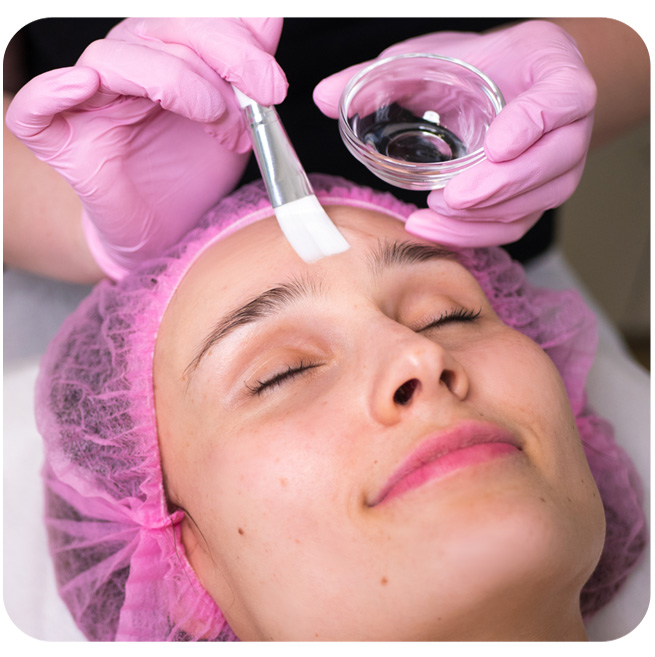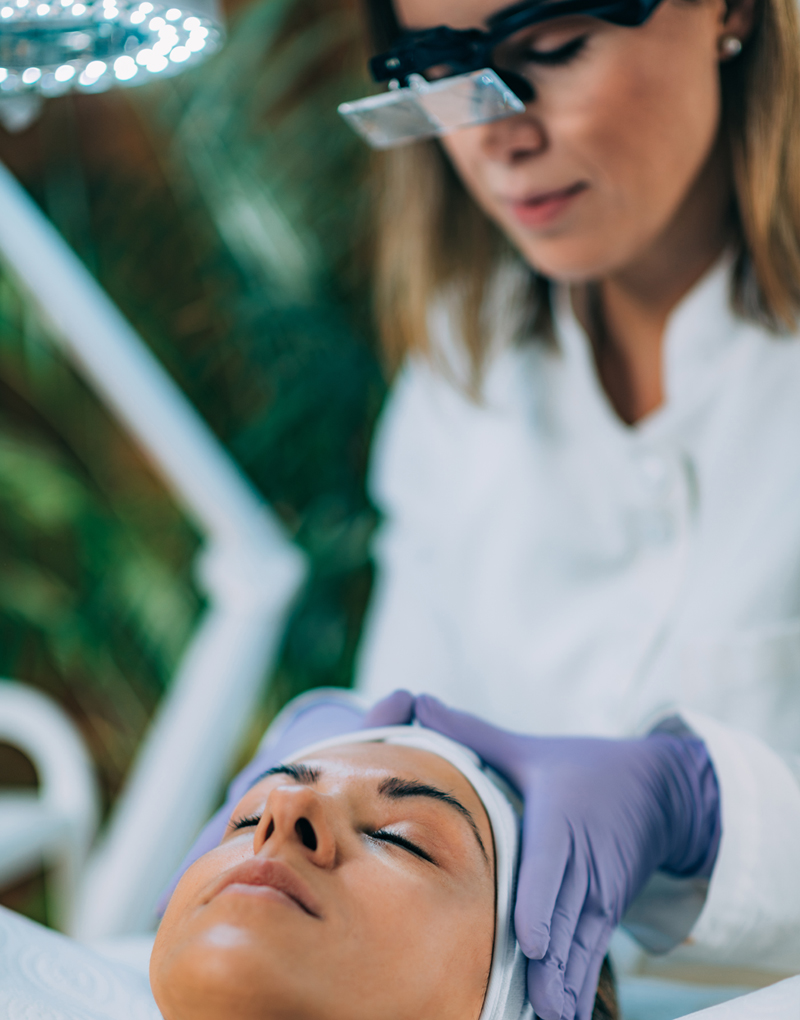Cleaning the Skin :
On the day of the procedure, the practitioner will thoroughly clean your face to remove dirt, oil, and makeup, ensuring the area is free from contaminants before the PRP treatment begins.
Numbing the Skin :
A topical numbing cream is applied to the treatment area to minimize discomfort during the procedure. The numbing cream typically sits on your skin for about 15-20 minutes.
Blood Collection :
Once your face is numbed, a small amount of blood (typically around 10-20 milliliters) is drawn from your arm. This process may cause a [mild discomfort similar to a routine blood test], though the feeling may be slightly different due to the amount of collected blood.
Preparing the PRP :
The blood is placed into a centrifuge, which spins the blood at high speed. This process separates the plasma, rich in platelets, from the red blood cells and other components. The result is a golden-yellow liquid, the platelet-rich plasma (PRP).
Concentrating Platelets :
The centrifugation process concentrates the platelets rich in growth factors that help stimulate collagen production and tissue repair.
Ready for Application :
The extracted PRP is now prepared for use in your facial treatment.
There are two primary ways to apply the PRP to your skin, and the method depends on the practitioner’s technique and your specific goals:
Microneedling with PRP
Microneedling :
A derma roller or a derma pen is used to create tiny micro-injuries (microneedles) on the surface of your skin. This process stimulates collagen production, allowing the PRP to penetrate deeper into the skin.
PRP Application :
After microneedling, the PRP is applied directly to the skin. The microchannels created during microneedling help the PRP penetrate deeper into the dermal layers, enhancing its rejuvenating effects.
PRP Injections
In some cases, PRP is injected directly into specific areas of concern, such as deeper wrinkles or under-eye hollows. The PRP is injected using a fine needle to promote healing, collagen production, and skin regeneration in targeted areas. This is different from the [microneedling] process, which involves creating tiny micro-injuries on the skin's surface to stimulate collagen production and allow the PRP to penetrate deeper into the skin.


